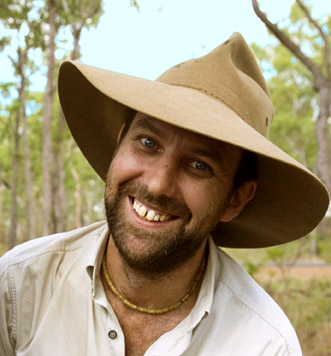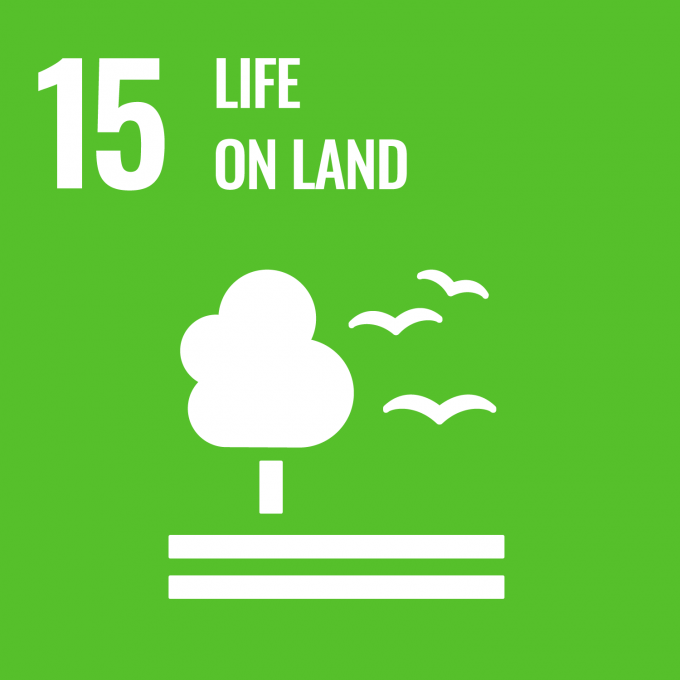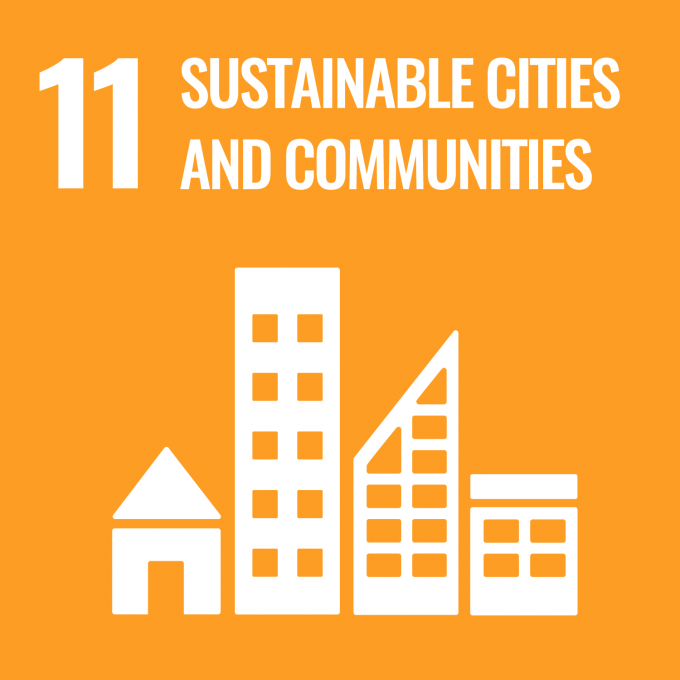Itinerary
Tour day-by-day
-

Day 1: Fogg Dam Reserve & Kakadu National Park
Guests will venture towards the World Heritage Listed Kakadu National Park via the magnificent Fogg Dam Reserve. These wetlands fringed by rainforest are a birdwatchers paradise, with year round water coverage assuring its position as an important feeding and roosting site for over 200 different bird species, water pythons and freshwater turtles. Forest Kingfishers, egrets, ibis, herons, Whistling Kites, Brown Falcons, Green Pygmy Geese, cormorants and monitor lizards are common sightings.
 “Fogg Dam is a location where we often see birds en masse, and it’s a very interesting setting because it’s a dam wall, with lush wetlands on one side and dry wetlands and grasslands on the other. Ducks and ibises abound in huge numbers in the wetlands, while Magpie Geese, spoonbills, brolgas and jabirus are easily spotted on the dry side. Some guests have never seen so many birds in one place and on such a scale. We’re talking thousands and thousands of birds at the one time.”
“Fogg Dam is a location where we often see birds en masse, and it’s a very interesting setting because it’s a dam wall, with lush wetlands on one side and dry wetlands and grasslands on the other. Ducks and ibises abound in huge numbers in the wetlands, while Magpie Geese, spoonbills, brolgas and jabirus are easily spotted on the dry side. Some guests have never seen so many birds in one place and on such a scale. We’re talking thousands and thousands of birds at the one time.”Dean Hoath - Guide
From here, the group will explore the Mary River wetlands, enjoying a 45 minute Airboat Safari. Travelling through the seemingly endless floodplains of the Mary River Wetlands, guests will have the opportunity to spot countless crocodiles and birds, hovering above a breathtaking blanket of lilies and reeds.
A short detour off the highway is the beautiful Leaning Tree Lagoon; this Billabong is often covered in flowering Blue Lillies making, it a popular quick stop for photographers. Lunch is at the Bark Hut Inn; this Aussie Roadhouse was built during the buffalo era and is a reminder of earlier, wilder times.
The last stop for the day is at Cooinda to experience one of Kakadu’s icons; a Yellow Water Cruise. This pristine environment supports a truly wonderful variety of plants, birds, crocodiles and Top End wildlife. The immense concentration of birds, especially in the dry season including Magpie Geese, Whistling Ducks, Great Egrets, Royal Spoonbills, Black-winged Stilts, Comb-crested Jacanas, Azure Kingfishers, Sacred Kingfishers, White Bellied Sea-Eagles, Brahminy Kites, Plumed Whistling Ducks, Nankeen Night-Heron and Little Bitterns make this one of the world’s greatest birdwatching sites.
Overnight Accommodation: Lords Private Tented Camp
-

Day 2: Arnhem Land
Departing the Northern region of Kakadu National Park, guests will cross the East Alligator River and enter Arnhem Land. The scenic drive to the Gunbalanya Aboriginal community provides some of the best driving views in the Top End with floodplains, billabongs & the Arnhem Land escarpment. Upon arrival at Gunbalanya guests will visit the Injalak Arts and Craft Centre to meet and watch traditional local artists in action.
Gunbalanya is the Aboriginal name for the Oenpelli settlement (which was originally a mission). The area includes the flood plains of the East Alligator River that are covered by water from December to April and a rocky sandstone plateau rising up to 200 metres above the plains. The view from the top of the hill is simply breath-taking, looking out across the floodplains and around the Arnhemland escarpment while having lunch in the shade of one the many overhanging ledges.
A traditional Aboriginal guide will show guests excellent examples of rock art on Injalak Hill (Long Tom Dreaming or Kurrkabal). This area is documented as having some of the best rock art examples in Western Arnhem Land - some say Australia. The main gallery is the visitor's first contact with rock art and is the most intense. It is an extensive shelter featuring layered paintings created over thousands of years.
When travellers farewell the Aboriginal guide back at the Injalak Art & Craft Centre, there is an opportunity to browse or purchase goods from this non-profit Aboriginal organisation.
“In the township of Gumbalanya, which we visit before we begin our walk, we pop into Injalak Arts to see artists producing their art, whether that be fabric, weaving or painting, after which a guide joins the group to travel to the hill. Our lunch stop is my favourite lunch stop ever. I set the picnic up in a rock shelter and we all dine together admiring vistas over the wetlands and rock art above our heads. There’s nowhere else like it."
Dean Hoath - Guide
Across the sandstone escarpments, visitors may spot the Brolga, Black Necked Stork (Jabirus), honeyeaters, Sandstone Thrush, Black Wallaroo, Chestnut-quilled Rock Pigeon, Short-eared Rock Wallaby, Channel-billed Cuckoo, Pheasant Coucal and the Red tailed skink.
Overnight Accommodation: Lords Private Tented Camp
-

Day 3: Kakadu National Park to Darwin
Venturing out to the Southern end of Kakadu, visitors will enjoy one of the most beautiful and pristine waterfalls in the park named Maguk (Barramundi Gorge). A short walk through sub-monsoon rainforests of Paperbarks and a Pandanus lined creek leads to the base of a stunning plunge pool.
Located in stone country, water seeping from surrounding rock walls and alluvial soils provide an important micro-environment for plants and animals. Many animals rely on these areas for refuge during the drier months such as the Chestnut-quilled Rock Pigeon, Short-eared Rock Wallaby, Black Wallaroo, and Merten's Water Monitor. After exploring this incredible ecosystem, the group will return to Darwin at approximately 5:00pm.
-

Tour details
Private Group Size: Maximum 6 guests.
Pick-up and Drop Off Point: Darwin
Pick-up and Drop-off Time: Approximately 8:00am, returns at approximately 5:00pm.
Special Notes: This tour demands a reasonable amount of agility as we do a hill walk where there are no formed pathways or handrails, a reasonable level of fitness is important. Access to Arnhemland is by invitation by the local Aboriginal people, and the traditional owners may deny access at any time.How you'll be making a positive impact
We have aligned our sustainability vision with the United Nation’s Sustainable Development Goals (SDGs). Citizen Science with Lords Kakadu & Arnhemland Safaris
Citizen Science with Lords Kakadu & Arnhemland Safaris
Lords Kakadu & Arnhemland Safaris contributes observations of flora & fauna via iNaturalist, the world’s leading global social biodiversity network. This platform allows our team to create research-quality citizen science data that enables a more detailed picture of our national biodiversity, and assists bodies such as the CSIRO, ecologists and other decision makers to deliver better outcomes for the environment and our species.
 Supporting the Communities of Arnhem Land
Supporting the Communities of Arnhem Land
Lords Kakadu & Arnhemland Safaris has spent decades working closely with local Aboriginal clans and share a mutual respect with the local indigenous people and their relationship with the land. Owner, Sab Lord, was raised on a station that is now part of World Heritage-listed Kakadu National Park, with his father employing Aboriginal families who taught him their indigenous language and involved him in traditional ceremonies.
 Solar-powered Bush Camp
Solar-powered Bush Camp
Lords Kakadu & Arnhemland Safaris operate a permanent Kakadu Bush Camp, almost entirely energy neutral, with solar panels powering lighting, fridges and fans. Australian Wildlife Journeys is in the process of setting science-based targets, implementing mechanisms to enable the calculation of carbon emissions across all organisation types and decreasing emissions through technological advancements in hybrid and hydrogen technologies.














